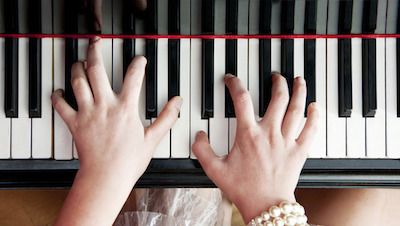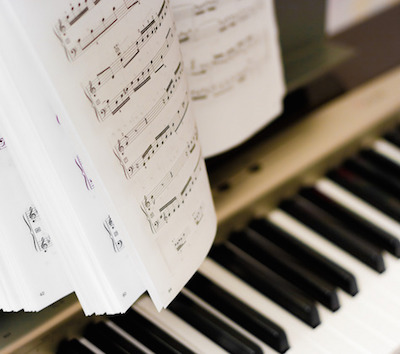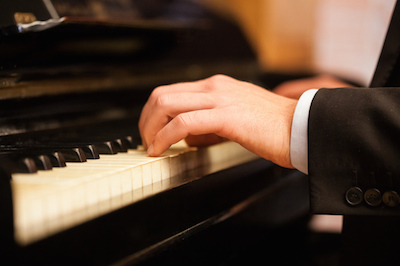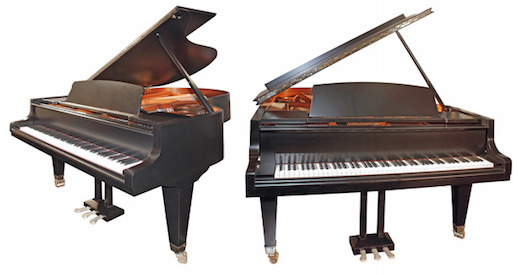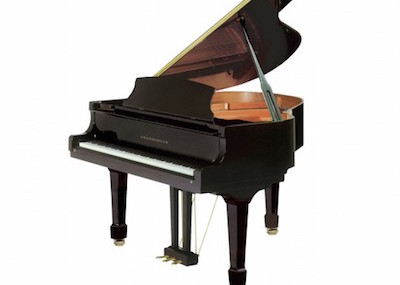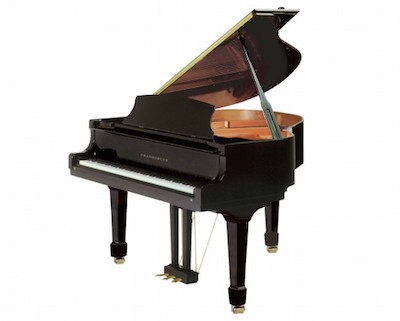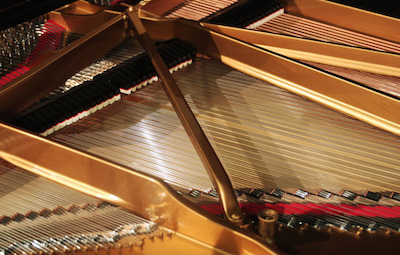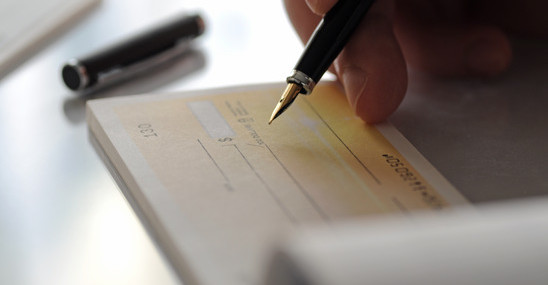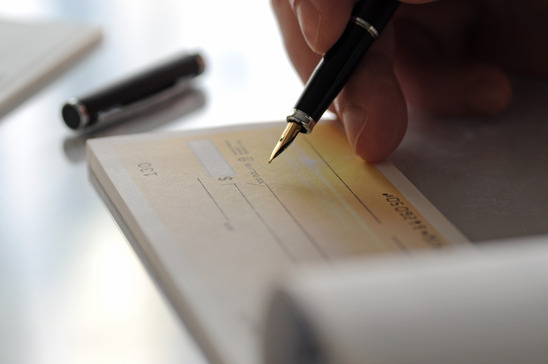What do you think of when someone mentions the word piano? For many of us, we see a grand piano in the middle of a concert hall taking center stage. And grand pianos are beautiful in both looks and in the sound that they make.
In a grand piano, the frame and the strings are both laid out in horizontal format, which is what gives it its large body and full sound.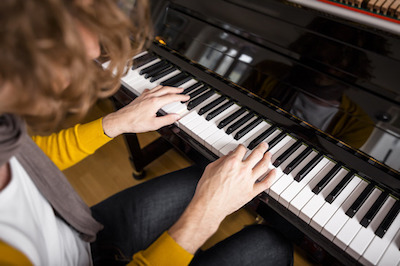
But if you’re like a lot of people, as much as you would love to bring a grand piano into your home, there simply isn’t enough space.
Which is why vertical pianos are one of the most popular pianos sold. In a vertical piano, the frame and the strings are vertical, giving the piano it’s vertical position.
There are four separate types of vertical pianos, each with its own characteristics and sound. What you choose to bring into your home should depend as much upon space as it does the type of sound you wish to create.
Spinet Piano
At the bottom end of the vertical piano list is a spinet piano. Spinets are typically less than 40 inches tall measured from the floor to the top of the lid. The top of the piano is only a few inches above the keys, with the action located below and operated by vertical wires attached to the keys.
While spinets are a great option for those with limited space, the sound quality and playability is considered to be inferior to other models because of its size and configuration.
Console Piano
A console piano ranges in size between 40 and 44 inches tall. With a console, the action sits directly on top of the keys, with hammers and strings stretching downward.
Console pianos are the best entry points into selecting a piano for your home. They have a satisfactory sound and an ease of play that make them perfect for budding musicians and hobby piano players.
Studio Piano
A studio piano ranges in size between 44 and 47 inches tall. It has similar functionality and feel to that of a console piano. A studio piano features a full size action that sits directly on the keys of the piano.
Because of its rich sound and quality action, it makes a wonderful addition to a home, and will provide rich sounds that can easily compare to some of the grand pianos on the market today.
Upright Piano
While many confuse the term “upright” with “vertical”, an upright is at the upper end of the vertical piano list. This is the piano most people associate with a traditional piano. An upright is the tallest of the vertical pianos, and produces one of the richest sounds. It will provide you with playability for years.
What type of vertical piano is right for you? Consider your space. Consider your talent. Consider your personal style. Each piano is unique in what it has to offer, and there is a model that would bring joy into your home today. Let’s find the right model for you.
